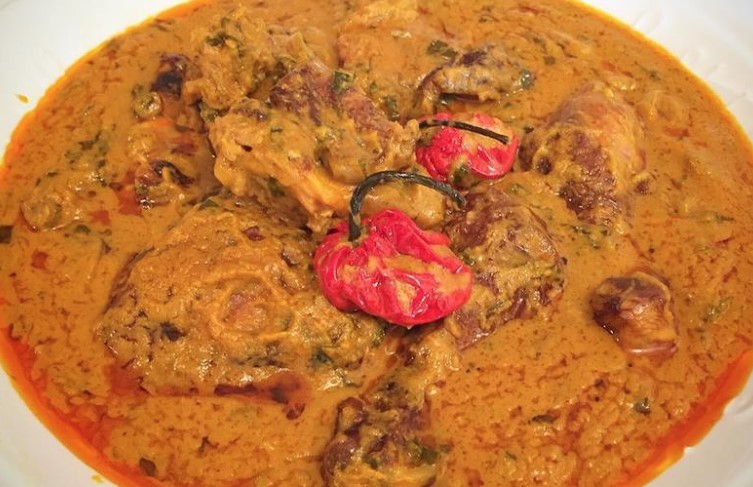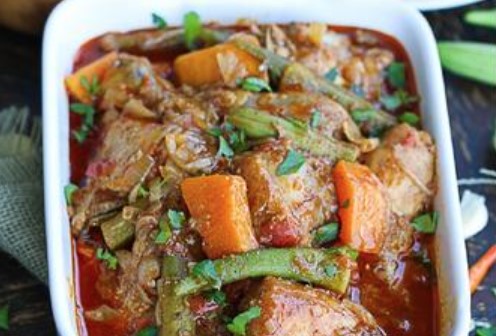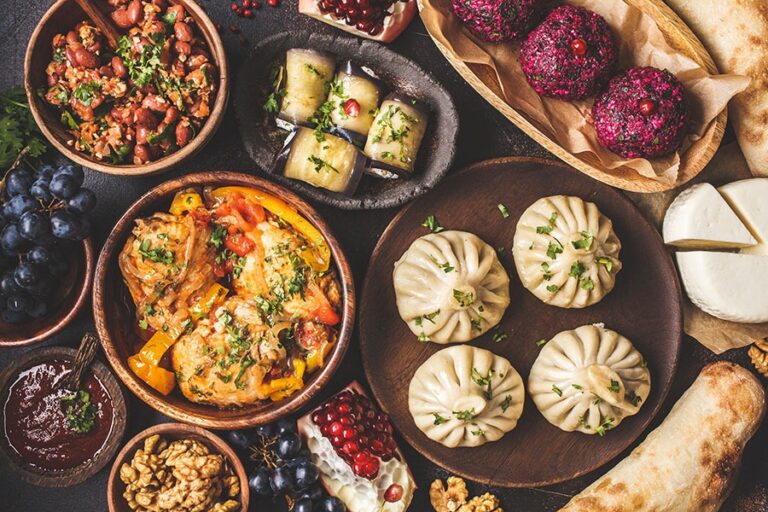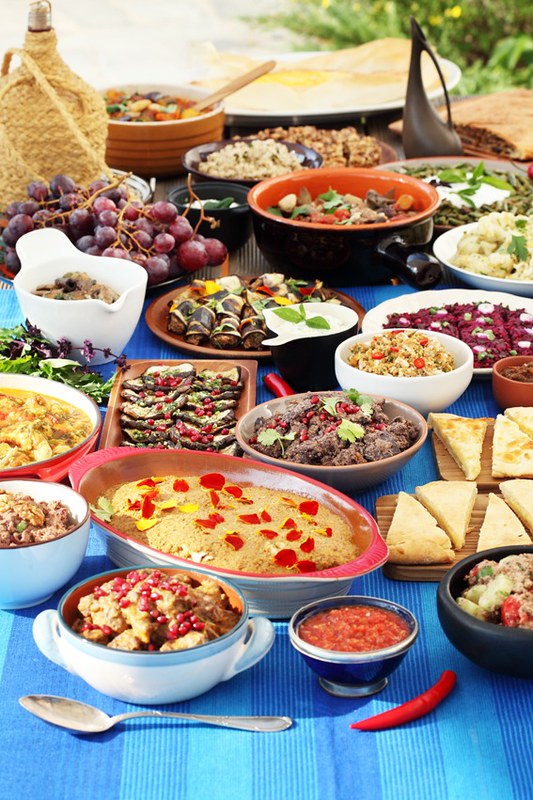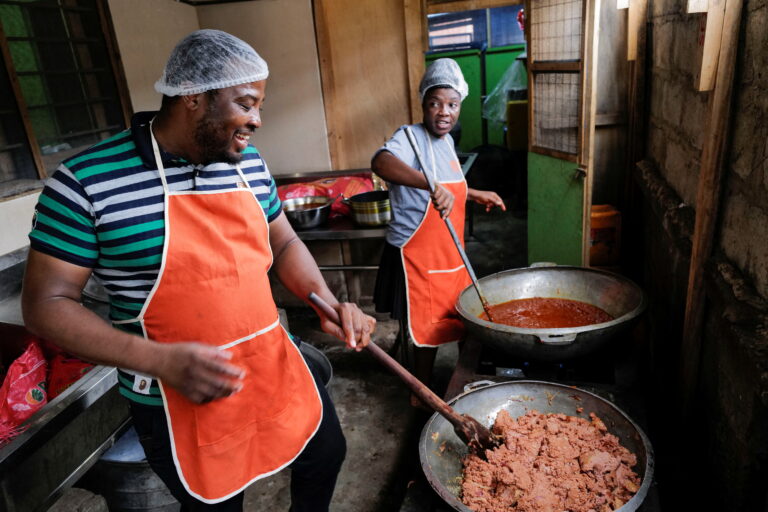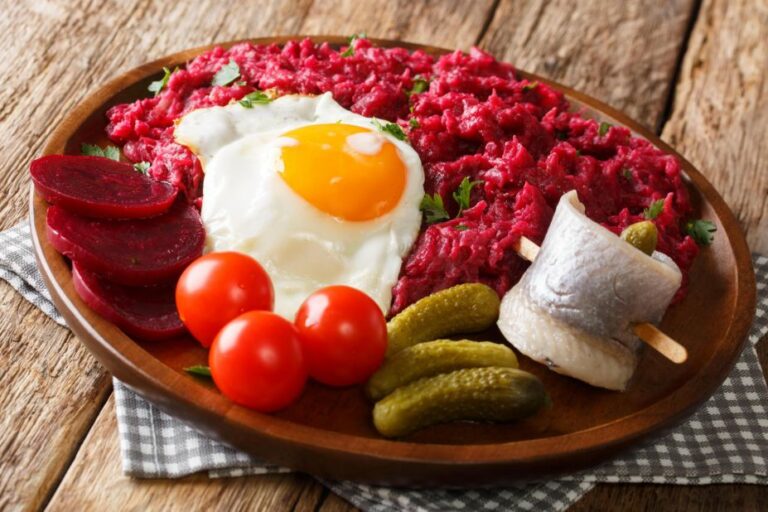Introduction: French cuisine and its staple ingredients
French cuisine is known for being one of the most sophisticated and varied in the world. It is a cuisine that has been refined for centuries and is appreciated worldwide for its unique taste and presentation. French cuisine is the result of a rich cultural heritage that has evolved over time. French meals are carefully planned, with each dish complementing the other in terms of flavors and textures. There are several staple ingredients in French cuisine that are used in almost every meal.
Bread, cheese, wine: The holy trinity of French cuisine
Bread, cheese, and wine are the three most important ingredients in French cuisine and are referred to as the holy trinity. French bread, or baguette, is an essential part of every meal and is used to soak up the sauces and juices from other dishes. Cheese is also an integral part of French cuisine, with over 400 different types of cheese produced in the country. Each region and province have their own distinct cheese, and it is often served as a dessert or as part of the main course. Wine is also a significant part of French cuisine, with France being one of the world’s leading producers of wine. Wine is used to complement the flavors of the food and is often served with cheese.
Escargots, foie gras, and other French delicacies
French cuisine is also known for its delicacies, such as escargots, foie gras, and truffles. Escargots, or snails, are often served as an appetizer and are typically cooked in garlic butter. Foie gras is a delicacy made from the liver of a specially fattened duck or goose. Truffles, a type of fungi, are a rare and expensive ingredient used in French cuisine. They are used to flavor sauces, soups, and other dishes.
The importance of herbs and spices in French cooking
Herbs and spices are used extensively in French cooking and are an essential part of creating the unique flavors of French cuisine. Common herbs used in French cooking include thyme, rosemary, tarragon, and parsley, while popular spices include black pepper, saffron, and nutmeg. Herbs and spices are used to enhance the flavors of meat, fish, and vegetables and are often used to create sauces and marinades.
Meat, fish, and seafood: The protein elements of French cuisine
Meat, fish, and seafood are essential components of French cuisine. Beef and lamb are popular meat choices, while chicken and duck are also commonly used. Fish and seafood are also widely used in French cuisine, with oysters, mussels, and shrimp being popular choices. French cuisine is known for its use of rich sauces and marinades, which are often used to complement the flavors of the protein elements of the meal.
Desserts and pastries: The sweet ending to a French meal
Desserts and pastries are an essential part of French cuisine. French desserts are known for their sweet and rich flavors and are often made with cream, butter, and sugar. Popular French desserts include crème brûlée, tarte tatin, and mousse au chocolat. French pastries are also famous worldwide, with croissants and pain au chocolat being the most well-known. French pastries are made with butter and are known for their flaky, crispy texture.


